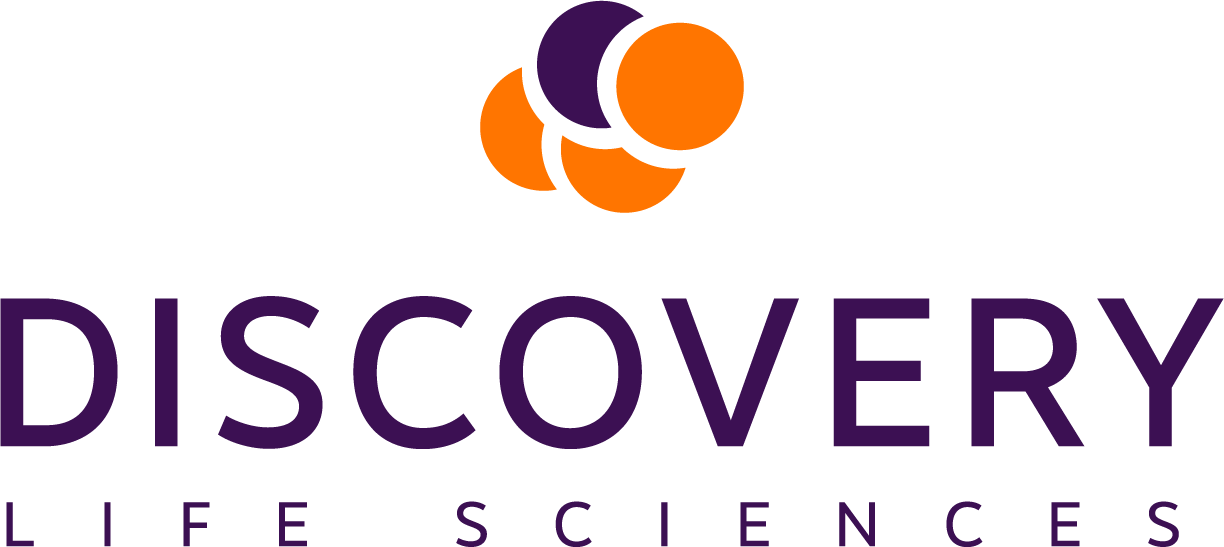Introduction
T-cell based therapies are without doubt one of the most significant breakthroughs in modern medicine. A truly novel approach to the treatment of critical, high mortality diseases, and a first step into the reprogramming of human cells as a tool to combat disease. Since the first CAR-T therapy (Kymriah from Novartis) was approved in 2017 for the treatment of acute lymphoblastic leukemia we have seen a dramatic increase in the number of therapies and the number of indications that are being targeted by therapeutics in development and clinical trials. Today there are five approved CAR-T therapeutics and over 500 in clinical trials worldwide[1].
One of the most significant challenges to the development of these therapeutics is their reliance on viable human white blood cells as their starting material, without these cells there is no product. CAR-T cell manufacturing currently uses autologous T cells from the patient; however, off-the-shelf, allogeneic CAR T-Cell therapies from donor cells are in the early stages of clinical development and show promising results. Human white blood cells from patients or volunteer donors are obtained through the process of leukapheresis, where the donor or patient’s blood is passed through a machine that removes a proportion of the white blood cells before returning the rest, mainly plasma and red blood cells back into the patient or donor’s bloodstream. The resultant concentrate of white blood cells known as a leukopak can then be delivered to the cell therapy manufacturing site and used as the basis for the development of CAR-T or other therapeutics. As these leukopaks contain living human cells, they have historically been maintained at controlled room temperature (CRT; 15-30°C), although in recent years 2-8°C storage has also been adopted by suppliers. However, these storage requirements present a whole raft of complications, introducing significant levels of additional complexity into the manufacturing process, and have been recognized as a serious impediment to the creation of an end-to-end global supply chain for commercial scale therapeutics [2]. Living cells are time constrained and must be transported to the manufacturing site and incorporated into the final product within a short window of time, a fact that introduces significant constraint into both the supply chain and manufacturing process.
One of the most significant challenges to the development of these therapeutics is their reliance on viable human white blood cells as their starting material, without these cells there is no product.
Cryopreserved Leukopaks. A viable alternative to fresh
The initial concerns surrounding the cryopreservation of Leukopaks have started to fade as more and more of the major pharma companies and other research and development groups have trialed, and then embraced them as an alternative to fresh. The advantages of cryopreserved leukopaks are many, and the initial concerns about freezing the cells has proved unfounded. The cryopreserved cells have been shown to be viable upon thawing, and the benefits so far outweigh the minor loss of viability associated with the freeze / thaw cycle that more and more manufacturers, led by some of the world’s largest pharmaceutical companies [1] have started to make the switch. Cryopreserving the cells immediately after collection makes them easier to store and transport, which sounds fairly minimal, but the cascade of knock-on effects to the supply chain and manufacturing processes are profound and multifaceted.
The advantages of cryopreserved leukopaks are many, and the initial concerns about freezing the cells has proved unfounded.
Collection and Supply
Cryopreservation eliminates many of the supply chain constraints imposed by fresh leukopaks, allowing the collection centers to schedule donors for apheresis at times when their health is optimal for the collection of T-cells. This ensures the leukopaks are as highly enriched as possible and enables collection centers to build up a stock of cryopreserved leukopaks to support fluctuation in demand from customers.
Transportation
Cryopreserved leukopaks are stored and shipped in the vapor phase of liquid nitrogen (LN2) which boils at -195.8 °C, maintaining the cells below the glass point temperature at which all biological activity and degradative processes have ceased making them incredibly stable so long as the LN2 vapor is not compromised. Transportation on liquid nitrogen is accomplished using special LN2 dewars that are validated to be able to maintain samples in cryo storage for at least 10 days during transportation. These LN2 shipping containers are not new and have been a mainstay for the cryogenic shipment of pharmaceutical, medical, and biological samples for many years, giving the supply chain plenty of experience in handling them.
The robust stability of cryopreserved leukopaks during transportation enables error free shipping over much larger distances, creating the flexibility for a company to conduct research, development and even clinical and commercial scale manufacturing over more of its global network than is practical with fresh leukopaks. This is an important consideration for large, global organizations that are typically trying to optimize their manufacturing and supply chain and concentrate their product development and manufacturing into a handful of global sites.
Manufacturing
Cryopreservation eliminates the manufacturing time constraints imposed by fresh leukopaks which must be introduced into the manufacturing process within a short window from receipt at the manufacturing site. Historically this has created a stop-go manufacturing cycle where manufacturing must wait for leukopaks to arrive, and then process them quickly. Cryopreservation enables manufacturers to maintain a stock of leukopaks to pull from in support of their desired manufacturing schedule, significantly increasing flexibility and reducing risk within the manufacturing process.
At Discovery, we look forward to providing our cell therapy customers with cryopreserved leukopaks, processed in an entirely closed system using a proprietary cryopreservation methodology resulting in high quality, viable cells, ready for shipment.
In Summary
Taken independently, many of the benefits of cryopreservation are significant on their own. Taken as a whole, they serve to iron out risk and inconsistency in the supply chain and remove the hard time constraints from the manufacturing process. Enabling collection of cells at the optimum time and allowing a critical buffer to be established in the supply chain as both the supplier and the customer can maintain stocks of frozen cells. Cryogenic transportation is more stable and less error prone, ensuring more product arrives without incident, and allowing manufacturers to ship leukopaks further afield, placing a greater proportion of their global research, development, and manufacturing sites within safe shipping distances. As more and more publications confirm the equivalence and viability of cryopreserved leukopaks, it will become harder to ignore the advantages of cryopreservation with the larger pharma companies leading the charge.
At Discovery, we look forward to providing our cell therapy customers with cryopreserved leukopaks, processed in an entirely closed system using a proprietary cryopreservation methodology resulting in high quality, viable cells, ready for shipment. Stay tuned for next week where we discuss the viability myth and delve into some of the most compelling data to verify that cryopreservation (when done well) doesn’t impair the viability and functionality of the cell.
References:
- C R Fernandez. A Cure for Cancer? How CAR-T Cell Therapy is Revolutionizing Oncology. Labiotech.eu. 11 October 2021. Available at: https://www.labiotech.eu/in-depth/car-t-therapy-cancer-review/ [Accessed: 15 February 2022]
- Tyagarajan et al. Autologous cryopreserved leukapheresis cellular material for chimeric antigen receptor-T cell manufacture. Cytotherapy, 2019; 21: 1198-1205


